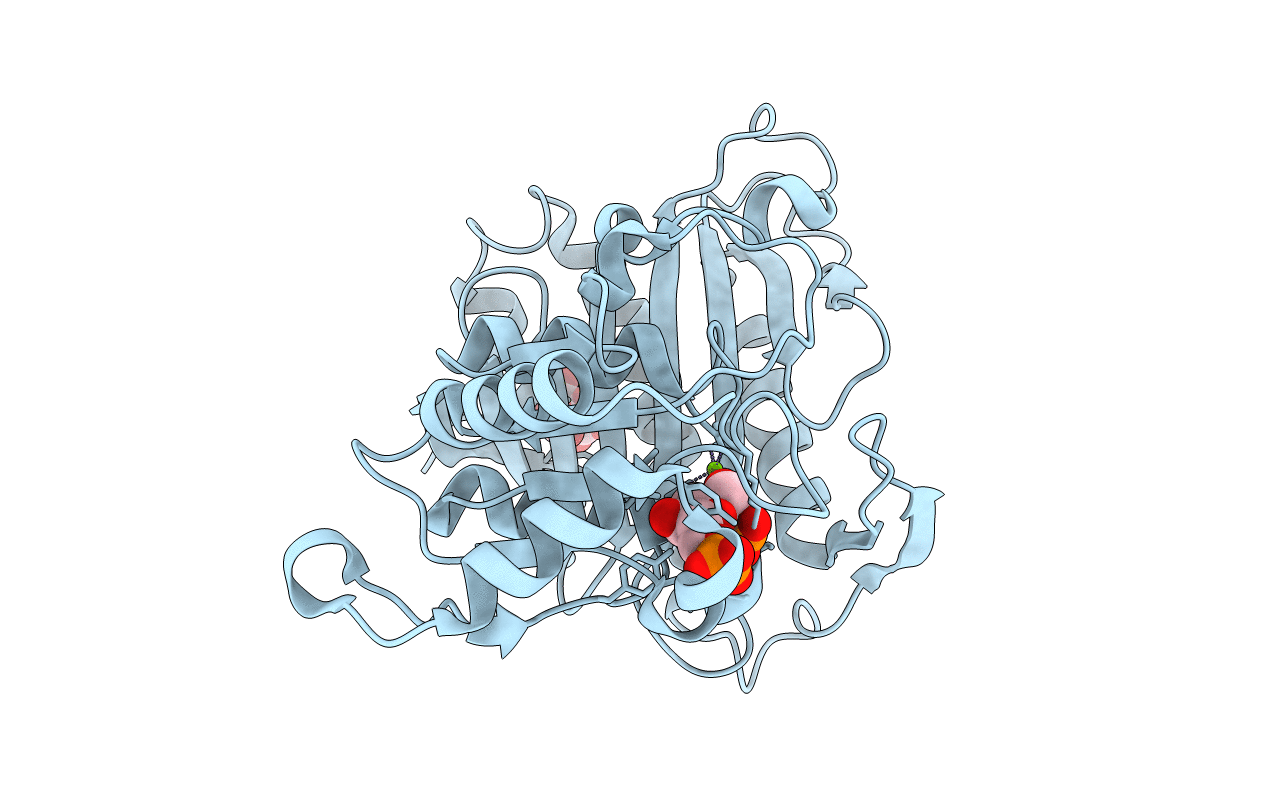
Deposition Date
2007-08-08
Release Date
2007-10-23
Last Version Date
2024-10-30
Entry Detail
PDB ID:
2QVR
Keywords:
Title:
E. coli Fructose-1,6-bisphosphatase: Citrate, Fru-2,6-P2, and Mg2+ bound
Biological Source:
Source Organism:
Escherichia coli (Taxon ID: 562)
Host Organism:
Method Details:
Experimental Method:
Resolution:
2.18 Å
R-Value Free:
0.24
R-Value Work:
0.19
R-Value Observed:
0.19
Space Group:
I 2 2 2


